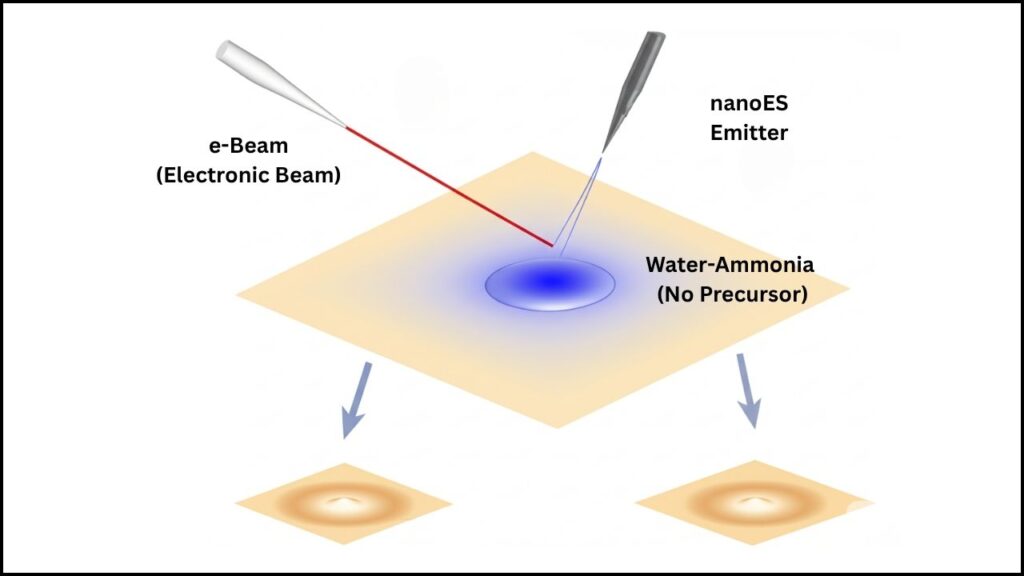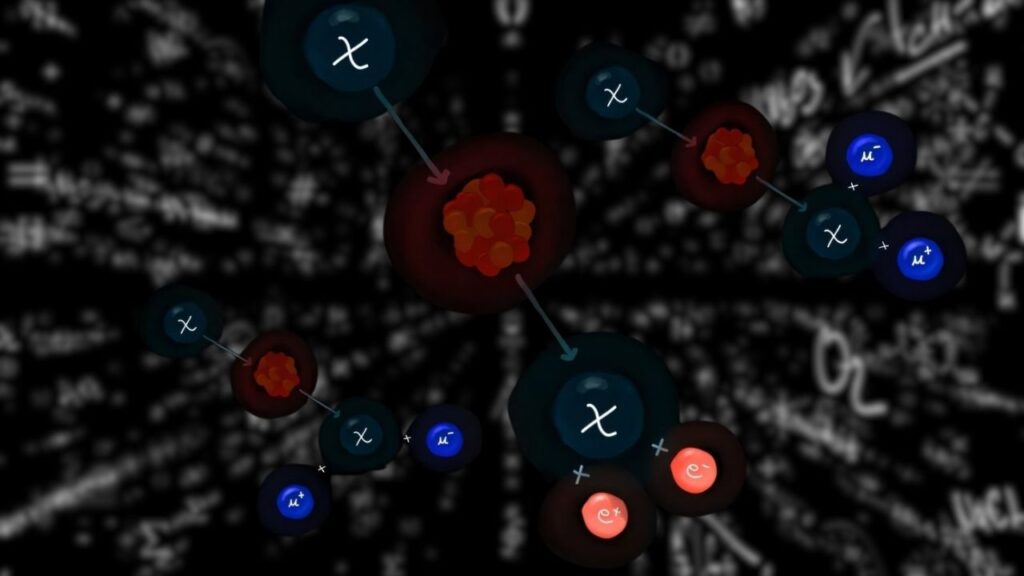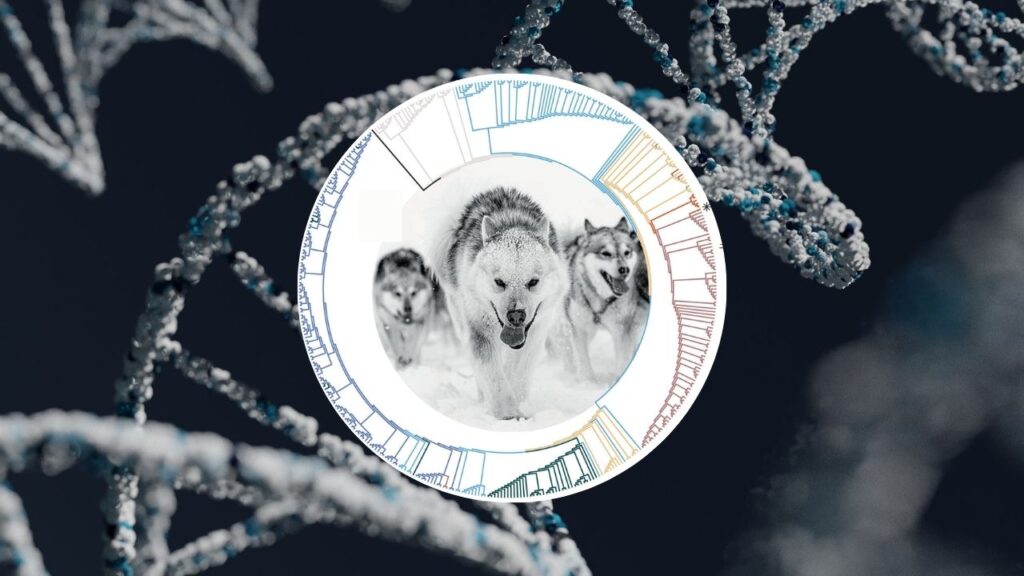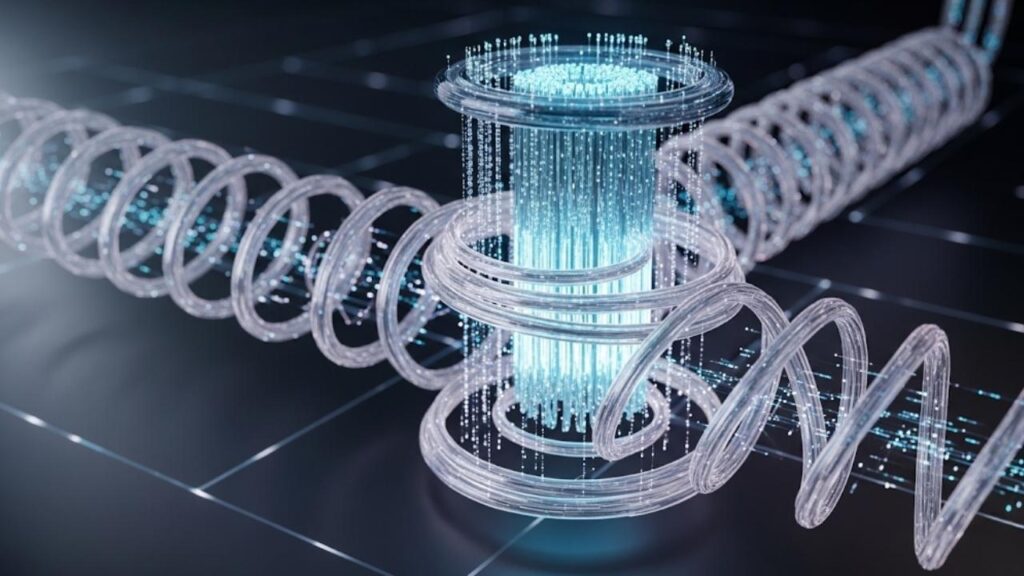When we think of spiders, we often imagine creepy crawlies spinning webs in corners or darting across the ground. But venture into the ocean, and you’ll find a group of creatures that defy almost every expectation: sea spiders. These marine animals, known scientifically as pycnogonids, have a body plan so unusual that even seasoned scientists are fascinated. Sea spiders store most of their organs in their legs, a feature that has puzzled researchers for decades. Now, thanks to advances in DNA research, we’re finally beginning to understand why—and what it means for the evolution of life in our oceans.
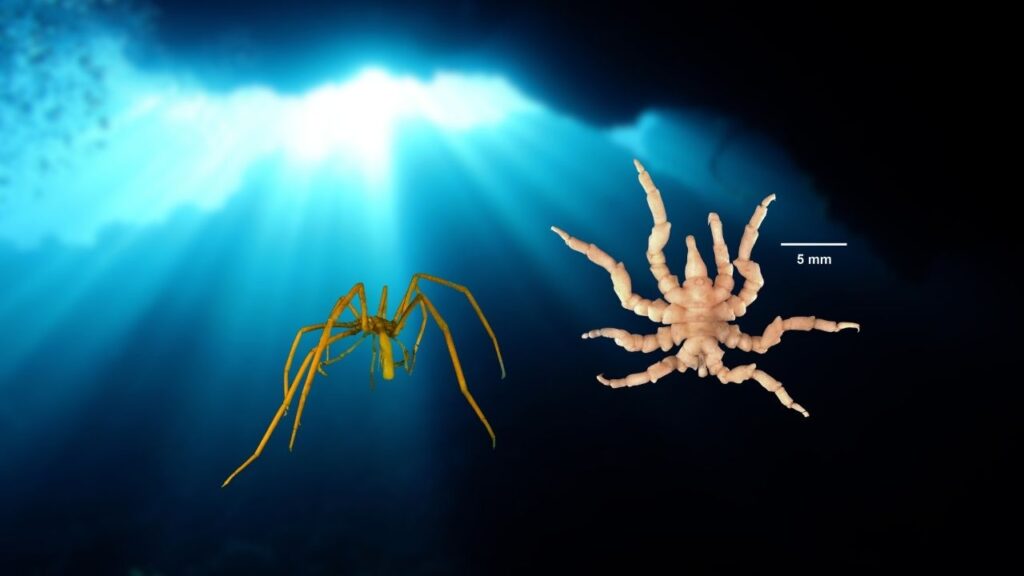
Sea spiders are not true spiders, but they are distant relatives. Their unique anatomy, ancient lineage, and surprising survival strategies make them a remarkable case study in how life adapts to extreme environments. In this article, we’ll explore what makes sea spiders so strange, how their DNA holds the key to their peculiar body plan, and what their story teaches us about evolution, marine biology, and even potential innovations in science and engineering.
Table of Contents
Sea Spiders Store Organs in Their Legs
| Feature | Details | Data/Stats/Links |
|---|---|---|
| Unique Anatomy | Organs (digestive, reproductive, respiratory) stored in legs | |
| Body Size | Ranges from 1 mm to 70 cm leg span | Largest species near polar regions |
| Evolutionary Age | Hundreds of millions of years (ancient lineage) | Fossil evidence supports this |
| Respiration | No gills or lungs; breathe through pores in legs | |
| Reproduction | Males carry eggs and young | Unique among arthropods |
| Genetic Discovery | Missing gene for abdomen/heart development explains organ placement | |
| Official Resource | Australian Museum: Sea Spiders |
Sea spiders are a marvel of the marine world, with a body plan that challenges everything we think we know about animal anatomy. By storing their organs in their legs and adapting to the loss of key developmental genes, they’ve become one of the ocean’s most successful and enduring survivors. Their story is a testament to the power of evolution and the endless creativity of nature. As scientists continue to unlock the secrets of their DNA and biology, sea spiders remind us that there is always more to discover beneath the waves.
What Are Sea Spiders?
Sea spiders are marine arthropods found in oceans all over the world, from shallow coastal waters to the deepest ocean trenches. There are over 1,300 known species, and their appearance is so unusual that they’re often mistaken for alien life forms. Their bodies are tiny compared to their long, spindly legs, which can span up to 70 centimeters in the largest species.
Despite their name, sea spiders are not true spiders. They belong to their own class, Pycnogonida, and are more closely related to horseshoe crabs and other ancient arthropods than to the spiders we find on land. Their evolutionary lineage stretches back hundreds of millions of years, making them one of the oldest groups of marine animals still living today.
Anatomy: All Legs, Almost No Body
What sets sea spiders apart from almost every other animal is their body plan. Most creatures keep their vital organs—like the heart, stomach, and reproductive organs—inside the main part of their body. Sea spiders, by contrast, have evolved to store these organs inside their legs. Here’s how it works:
- Digestive System: The gut extends into the legs, forming long pouches called diverticulae. This allows food to be digested and absorbed along the length of the limbs.
- Reproductive Organs: Both ovaries and testes are located in the legs. Eggs and sperm travel down the limbs, and in many species, males carry the eggs on their legs until they hatch.
- Respiratory System: Sea spiders lack gills and lungs. Instead, they breathe through tiny pores in their legs, allowing oxygen to diffuse directly into their bodies.
This arrangement is not just a curiosity—it’s a solution to the challenge of having a tiny body and very long legs. By spreading their organs into their limbs, sea spiders can keep their bodies lightweight and flexible, which is crucial for moving around on the ocean floor and among delicate corals and sponges.
Why Do Sea Spiders Store Organs in Their Legs?
The Genetic Puzzle
For many years, scientists could only guess why sea spiders evolved such a strange anatomy. The breakthrough came with the sequencing of the sea spider genome. Researchers discovered that sea spiders are missing a crucial gene that, in other arthropods, controls the development of the abdomen and heart. Without this gene, sea spiders never develop a true abdomen, so their organs have nowhere else to go except into their legs.
This genetic difference is a powerful example of how changes in DNA can lead to dramatic shifts in body structure over evolutionary time. The absence of this gene set sea spiders on a unique path, resulting in a body plan that is unlike any other arthropod.
Evolutionary Adaptation
Sea spiders have been around for hundreds of millions of years, surviving multiple mass extinctions and adapting to a wide range of marine environments. Their unusual anatomy has likely played a key role in their success. By distributing their organs into their legs, sea spiders can maintain a lightweight, flexible body that allows them to move efficiently and avoid predators.
Their long legs also help them cover more ground in search of food, and the ability to breathe through their limbs means they can survive in environments where oxygen levels are low. These adaptations have allowed sea spiders to colonize some of the most extreme habitats in the ocean, from icy polar waters to the dark depths of the abyss.
How Do Sea Spiders Survive Without an Abdomen?
Circulation Without a Strong Heart
Most animals rely on a heart to pump blood throughout their bodies. Sea spiders, however, have only a weak heart. Instead, they use muscle contractions in their legs and the movement of their digestive system to circulate fluids. Because their organs are spread out, every step they take helps move nutrients and oxygen around their bodies.
This system is efficient for an animal with such a unique body plan. It also means that sea spiders are less dependent on a central heart, which may be an advantage in the cold, high-pressure environments where many species live.
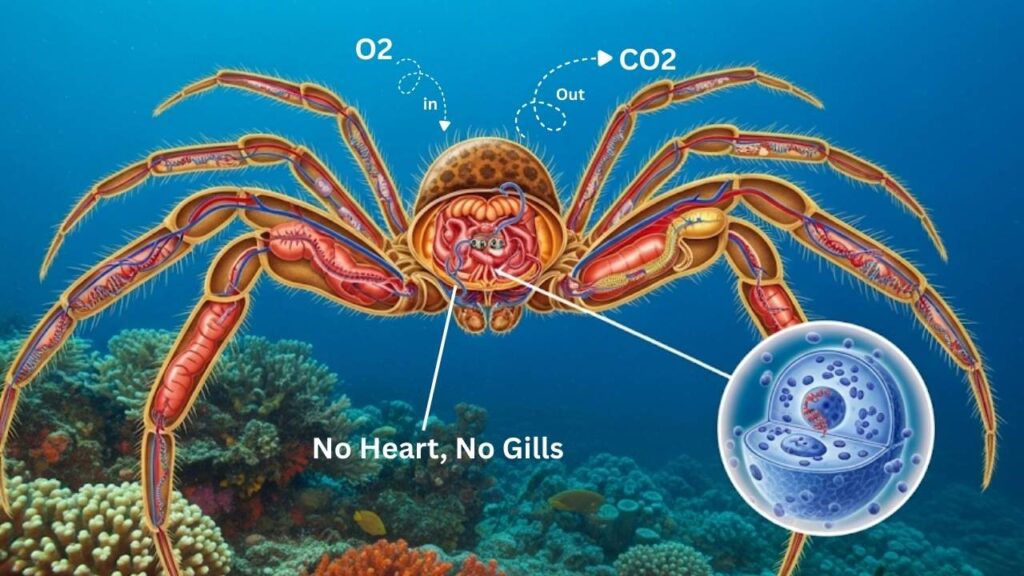
Breathing Through Their Legs
Sea spiders don’t have gills or lungs. Instead, they breathe through tiny pores in their legs. Oxygen from the surrounding water diffuses directly into their bodies through these pores, and carbon dioxide diffuses out. This method of respiration is simple but effective, especially given the thin, elongated shape of their legs.
Because their bodies are so small and their legs are so long, this system provides enough surface area for gas exchange, even in low-oxygen environments. It’s a remarkable example of how animals can evolve different solutions to the same basic challenges of survival.
Reproduction: Males Take the Lead
One of the most fascinating aspects of sea spider biology is their approach to reproduction. In many species, males are responsible for carrying the eggs and young. After fertilization, the male gathers the eggs and attaches them to special appendages on his legs. He then cares for the eggs, protecting them from predators and ensuring they get enough oxygen until they hatch.
This role reversal is rare among arthropods and highlights the importance of the legs in every aspect of sea spider life. The legs are not just for walking—they’re also nurseries for the next generation.
Practical Insights: What Can We Learn from Sea Spiders?
Lessons for Science and Engineering
- Biomimicry: The way sea spiders distribute their organs and use their legs for multiple functions could inspire new designs in robotics and engineering. Machines that need to be lightweight and flexible might benefit from similar strategies.
- Evolutionary Biology: Studying sea spiders helps scientists understand how changes in DNA can lead to major anatomical innovations. It’s a powerful example of how evolution can find creative solutions to life’s challenges.
- Marine Ecology: Sea spiders play a key role in ocean ecosystems. They feed on soft-bodied invertebrates, helping to control populations of sponges, anemones, and other animals. Understanding their biology helps us appreciate the complexity and balance of marine food webs.
For Students and Young Scientists
Sea spiders are a reminder that the natural world is full of surprises. Their story shows that there’s always more to discover, even in the most unexpected places. If you’re interested in marine biology, studying sea spiders can open up a world of fascinating questions about evolution, adaptation, and the diversity of life on Earth.
Step-by-Step Guide: How Scientists Study Sea Spiders
1. Field Collection
Researchers collect sea spiders from a variety of ocean habitats. This can involve using nets, remotely operated vehicles (ROVs), or even hand collection by divers. Because sea spiders live in such diverse environments, collecting specimens can be a challenging but rewarding task.
2. Anatomical Study
Once collected, sea spiders are studied under microscopes. Scientists examine the placement of organs in the legs and compare them to other arthropods. Detailed drawings and imaging techniques help document their unique anatomy.
3. DNA Sequencing
By sequencing the sea spider’s genome, researchers can identify which genes are present and which are missing. Comparing these genetic blueprints to those of related species helps scientists understand how sea spiders evolved their unusual body plan.
4. Evolutionary Analysis
Fossil records and genetic data are combined to trace the evolutionary history of sea spiders. This helps researchers pinpoint when key changes occurred and how they contributed to the success of these animals over millions of years.
5. Functional Experiments
Scientists observe how sea spiders move, breathe, and reproduce in laboratory settings. These observations help reveal how their anatomy affects their daily lives and survival strategies.
Tiny Nanopore Sensor Promises Faster, Cheaper, and More Accurate DNA Sequencing for Everyone
FAQs About Sea Spiders Store Organs in Their Legs
Are sea spiders dangerous to humans?
No, sea spiders are harmless to humans. They feed on soft-bodied invertebrates and do not bite or sting.
How big can sea spiders get?
Sea spiders range from less than 1 millimeter to 70 centimeters (28 inches) across. The largest species are found in polar regions.
Do sea spiders spin webs like land spiders?
No, sea spiders do not spin webs. They use their long proboscis to feed on prey.
Where can I see sea spiders?
Sea spiders live in oceans worldwide, but they are most commonly found in cold, deep waters. Some public aquariums may display them.
What do sea spiders eat?
They feed on soft-bodied animals like sponges, anemones, and bryozoans, using their proboscis to suck out nutrients.
Why are their legs so important?
Their legs are not just for walking—they house most of their vital organs, help them breathe, and even carry eggs.

